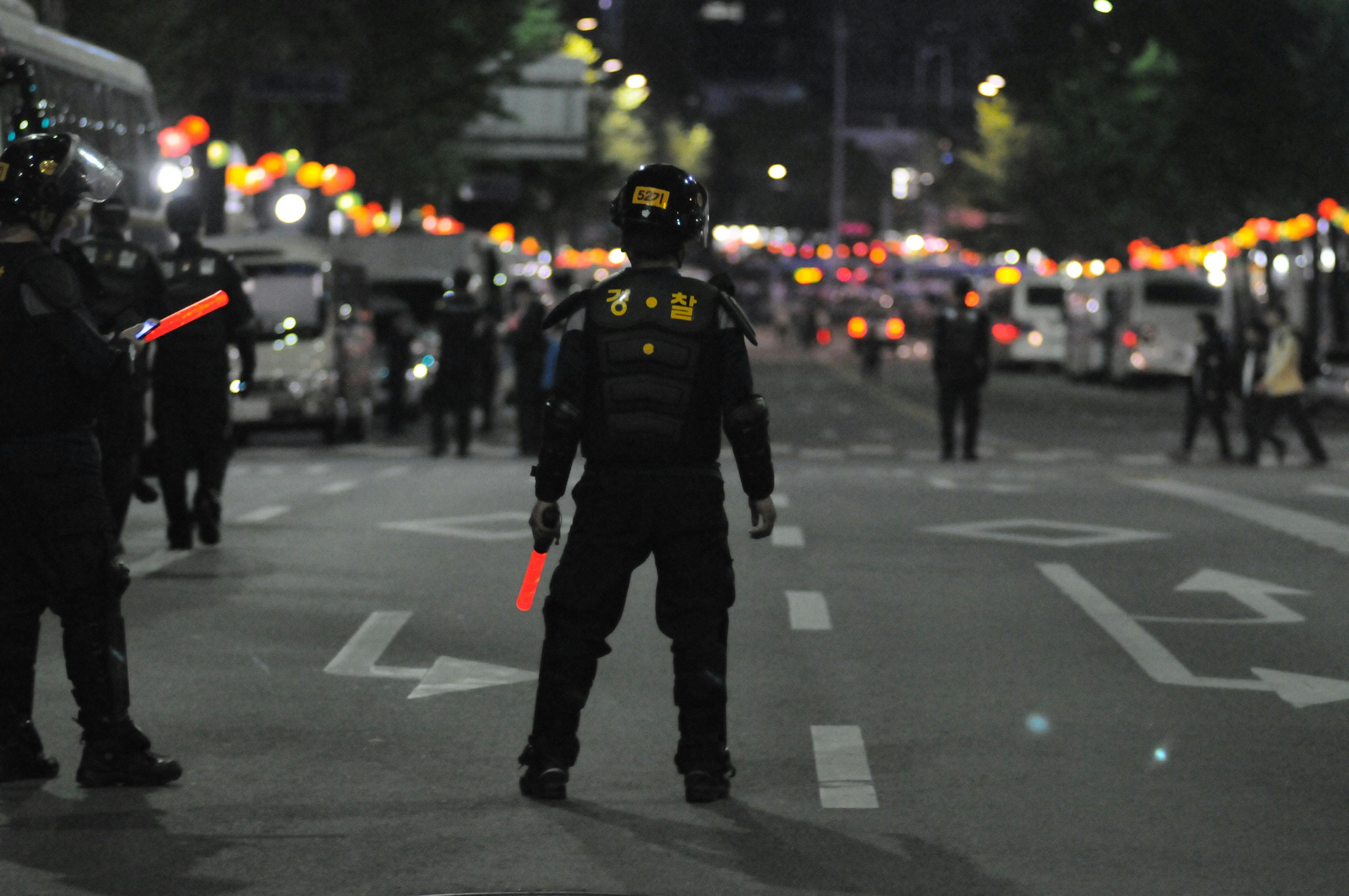Flexible leadership styles
Emotionally Intelligent (EQ) leaders are flexible in tailoring their leadership style to those they choose to lead. You will influence and engage employees by being socially savvy about what leadership style would be most appropriate with certain personalities and in specific situations.
The Blanchard and Hersey leadership model
As a model of leadership, the best-known example was developed by Ken Blanchard, the management guru who later became famous for his One minute manager series, and Paul Hersey. They created a situational leadership model in the late 1960s that allows you to analyze the needs of the situation and then adopt the most appropriate leadership style. The model has two fundamental concepts; leadership style and level of development.
Leadership styles:
Blanchard and Hersey characterized leadership style in terms of the amount of direction and support the leader provides followers. They classified all leadership styles into four behavior types, which they called S1 through S4:
S1: The Executive Leaders define the roles and tasks of the followerand monitors them closely. Decisions are made by the leader and announced, so communication is largely one-way.
S2: Coaching Leaders still define roles and tasks, but seek ideas and suggestions from the follower. Decisions remain the prerogative of the leader, but communication is much more two-way.
S3: Supportive leaders pass day-to-day decisions, such as task assignments and processes, to the follower. The leader facilitates and participates in decisions, but the control is with the follower.
S4: Delegating leaders are still involved in decisions and problem solving, but control is in the hands of the follower. The follower decides when and how the leader will be involved.
No one style is considered optimal or desired for all leaders to possess. Effective leaders must be flexible and must adapt to the situation. However, each leader tends to have a natural style, and when applying Situational Leadership you must know his or her intrinsic style.
Development levels:
The appropriate leadership style will depend on the person being addressed: the follower. Blanchard and Hersey extended their model to include the level of follower development. They stated that the leader’s chosen style should be based on the competence and commitment of his followers. They classified possible follower development into four levels, which they called D1 through D4:
D1: Low Competence, High Commitment – They generally lack the specific skills required for the job at hand. However, they are eager to learn and willing to take instructions.
D2: Some competence, low commitment: They may have some relevant skills, but will not be able to do the job without help. The task or situation may be new to them.
D3: High Competence, Variable Commitment: They are experienced and capable, but may lack the confidence to do it alone or the motivation to do it well or quickly.
D4: High Competence, High Commitment: They are experienced on the job and comfortable with their own ability to do well. They may even be more skilled than the leader.
The levels of development are also situational. You may be generally skilled, confident, and motivated in your job, but would still fall to Level D1 when faced with a task that requires skills you don’t possess. For example, many managers are D4 when dealing with the day-to-day running of their department, but move to D1 or D2 when dealing with a sensitive employee issue.
Leadership Development Matchup:
Blanchard and Hersey indicate that the leadership style (S1 – S4) of the leader must correspond to the level of development (D1 – D4) of the follower. Furthermore, it is the leader who must adapt, not the follower. To get the most out of situational leadership, a leader must be trained in how to operate effectively in various leadership styles and how to determine the level of development of others.
What are your ideas and experiences related to situational leadership? You and your company leaders could work with an executive coach as part of an emotional intelligence-based leadership development program.



